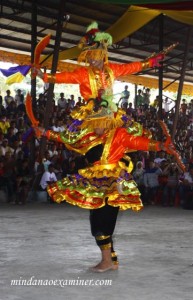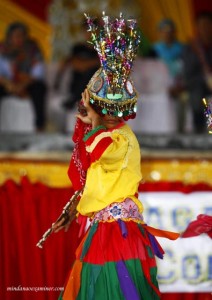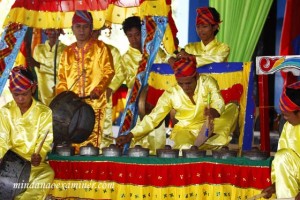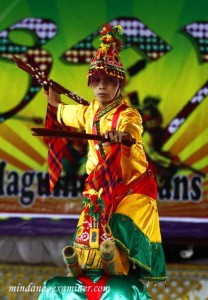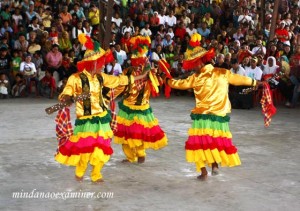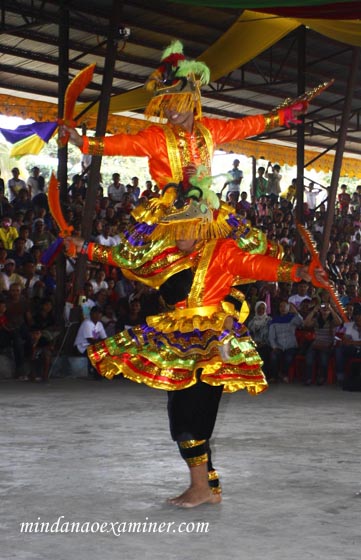
Muslim dancers and Kulintang players show their skills and colorful costumes during the 1st Sagayan Festival in Maguindanao province in the southern Philippines. (Mark Navales / Mindanao Examiner Photo)
MAGUINDANAO (Mindanao Examiner / Feb. 13, 2012) – The first-ever Sagayan Festival in Maguindanao province in the southern Philippines
The five-day festival, which opened Friday, was touted by the authorities as one of the most successful ever held in Maguindanao.
Senior Superintendent Marcelo Pintac, the provincial police chief, said there is almost zero crime in Maguindanao since the launching of the festival, which organizers designed to showcase the better side and ecotourism potentials of the province long dwarfed by natural and manmade disasters.
Pintac said that harnessing cultural traditions on amity, rejoice and unity can tremendously contribute to the restoration of peace and development in Maguindanao, a home-province for over a million people gripped by adversities including floods and the infamous massacre of 58 people in Ampatuan town on Nov. 23, 2009.
This province, which still reels off from the hyped media tag as the country’s “election cheating capital,” has gained a momentum of serenity with launching of the festival, according to Maj. Gen. Rey Ardo, commander of the 6th Infantry Division; and festival chief coordinator Raquel Magalona.
Thousands of reveling Maguindanaons and visiting spectators at the festive venue here were even amazed ostensibly in the renditions of the nearly distinct Sagayan and Kulintang.
Sagayan is a Moro warrior’s dance of nobility and gallantry and Kulintang is an instrumental play on nine mini-gongs usually accompanied by big gongs and drum, is one of two symbols of the Philippines
“It’s just a tip of the iceberg…of amazingly rich culture in Maguindanao,” Prof. Felipe De Leon Jr., chairman of the National Commission on Culture and Arts (NCCA), said of his impression on the performances by old and young colorfully-costumed performers.
De Leon

